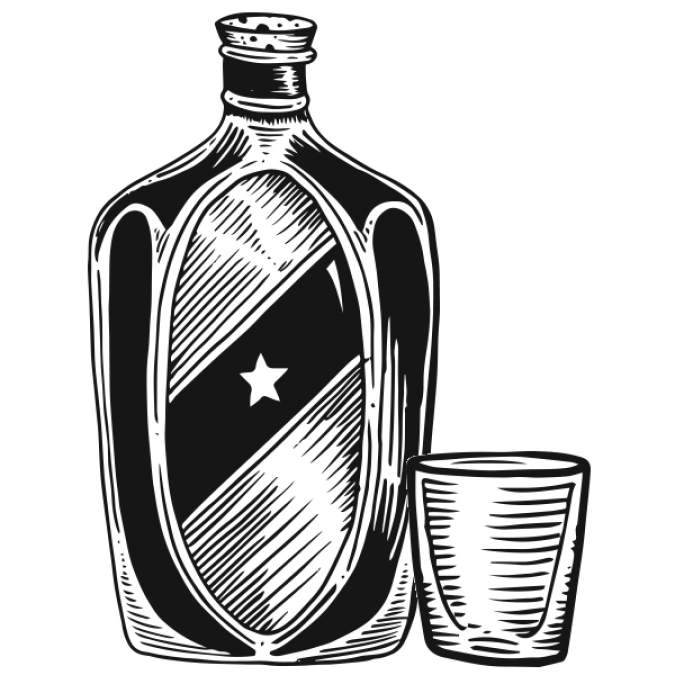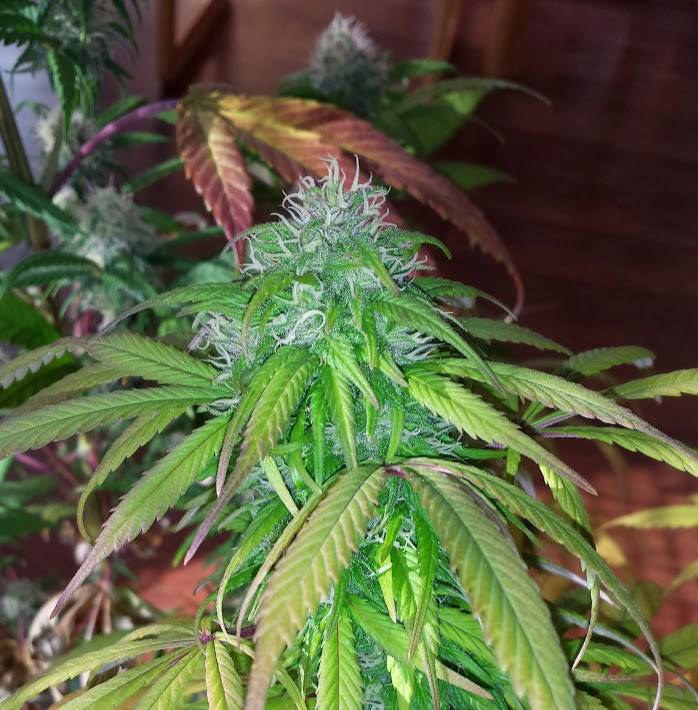When Prohibition is
mentioned in a contemporary bar setting, it’s usually as a temporal reference point for a certain cocktail’s invention or popularization. Defining a drink as “Pre-Prohibition” harkens to a time when relatively few ingredients were used and the focus was mostly on the base spirit, while “Prohibition-era” drinks tend to involve more mixers and herbal liqueurs. Oh, sure, many modern bars crib stylist cues from the era (as any of the million or so “speakeasies” that have opened in the past decade or so will demonstrate)—but other than that, we rarely consider just what impact our 13-year dalliance with sobriety had on modern America.
The Museum of History and Industry’s newest exhibit, “American Spirits,” aims to change that. At a press preview I had a chance to explore a dizzying array of artifacts, and to contemplate the ways our modern drinking culture owes that period a great deal. It also serves to highlight Seattle’s unique contributions to both sides of the temperance struggle: Washington was one of the first states to ban alcohol production (in 1914), while at the same time rum-runners plied their trade in the waters of Puget Sound, largely confounding governmental attempts to catch them.
From a drinker’s perspective, the exhibit’s recreated speakeasy offers the most to see and explore. The mock bartop, lined with facts about the era’s cocktails, points out that in many cases the rough hooch being consumed desperately needed strong flavors to mask it. There are also some fascinating artifacts, like an actual hatchet Carry Nation used to smash bars and a few ingenious flasks—the one disguised as a book of poetry was a personal favorite.
My only real issue with the exhibit is that it appears to start from the position that before Prohibition, America had a serious drinking problem. While it’s true that 19th-century Americans drank a lot, the exhibit doesn’t mention the fact that for many, alcoholic beverages were safer to drink than water. Similarly, little mention is made of how much damage Prohibition did to the American wine industry, especially in California. Thousands of vineyards were ripped up, destroying old vines that even in the 1910s were producing wine that rivaled the best from Europe. We’ve only recently managed to undo much of that damage.
Those caveats aside, this is a tremendous chance to learn more about a pivotal era in American history—one that played a major role in the creation of jazz, cocktail culture, organized crime, and more. A future exhibit, “The 21st Century Speakeasy,” will explore the ways we currently legislate morality, and how our state’s initiative process has played a crucial role at various times in changing our laws.
thebarcode@seattleweekly.com
AMERICAN SPIRITS Museum of History and Industry, 860 Terry Ave. N., 324-1126, mohai.org. $14–$17. 10 a.m.–5 p.m. Fri.–Wed., 10 a.m.–8 p.m. Thurs. Opens April 2. “The 21st Century Speakeasy” opens June 6. Both end Aug. 23.







